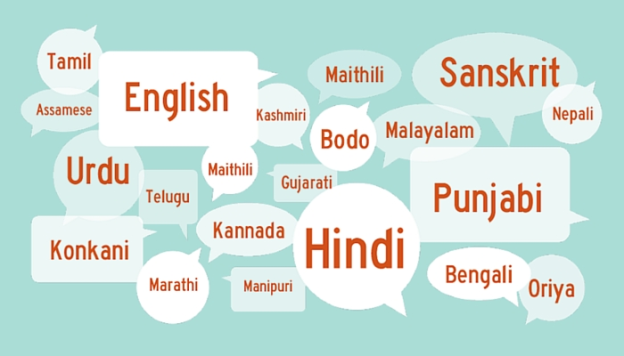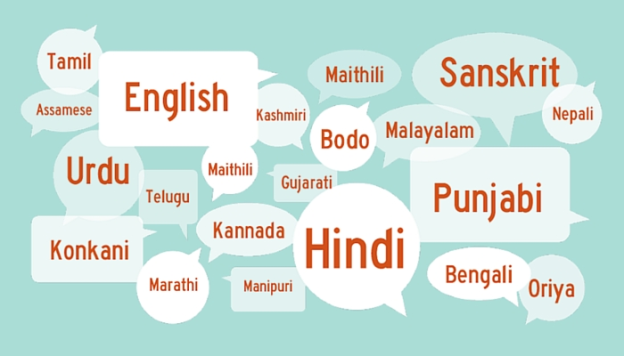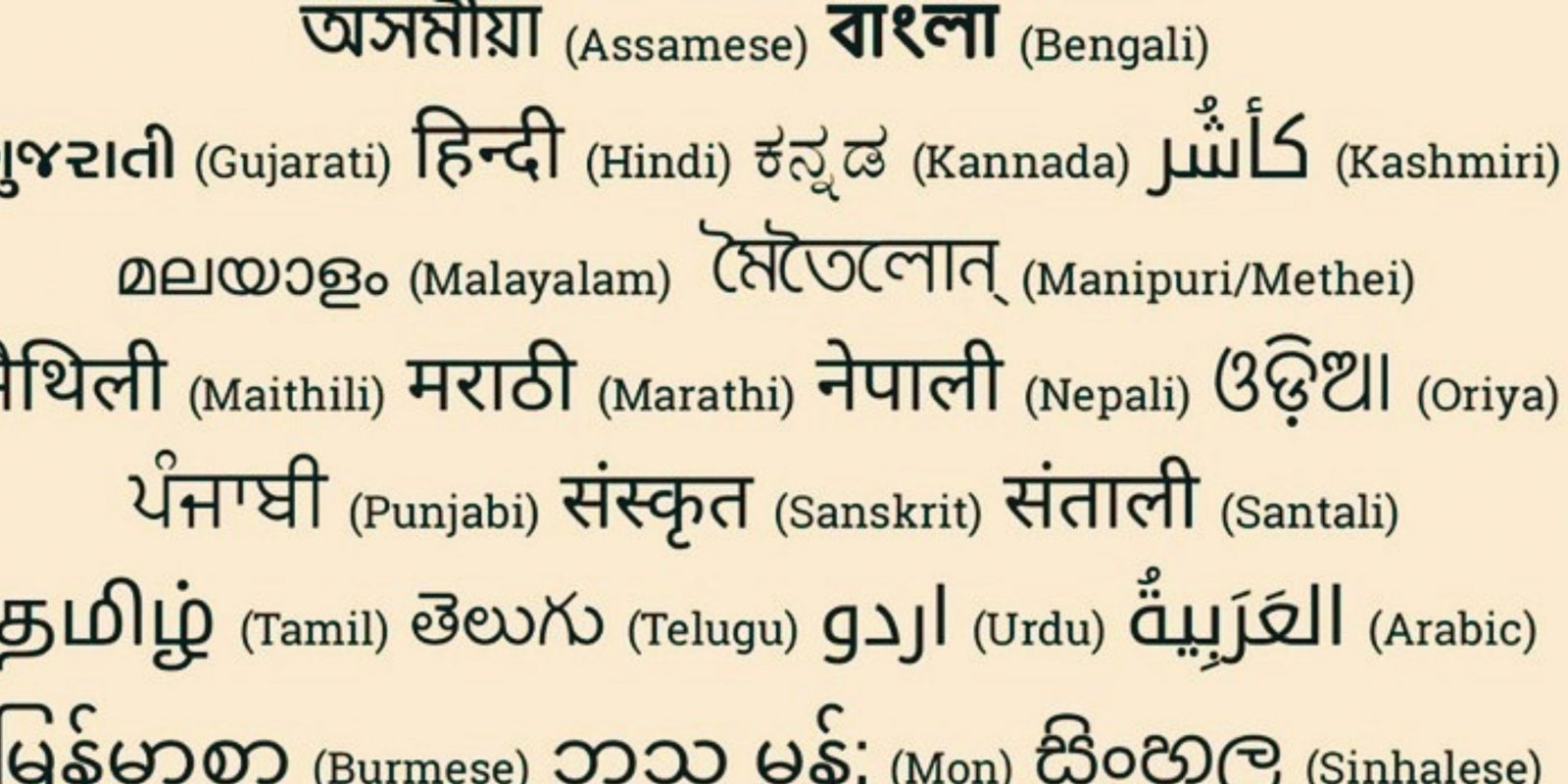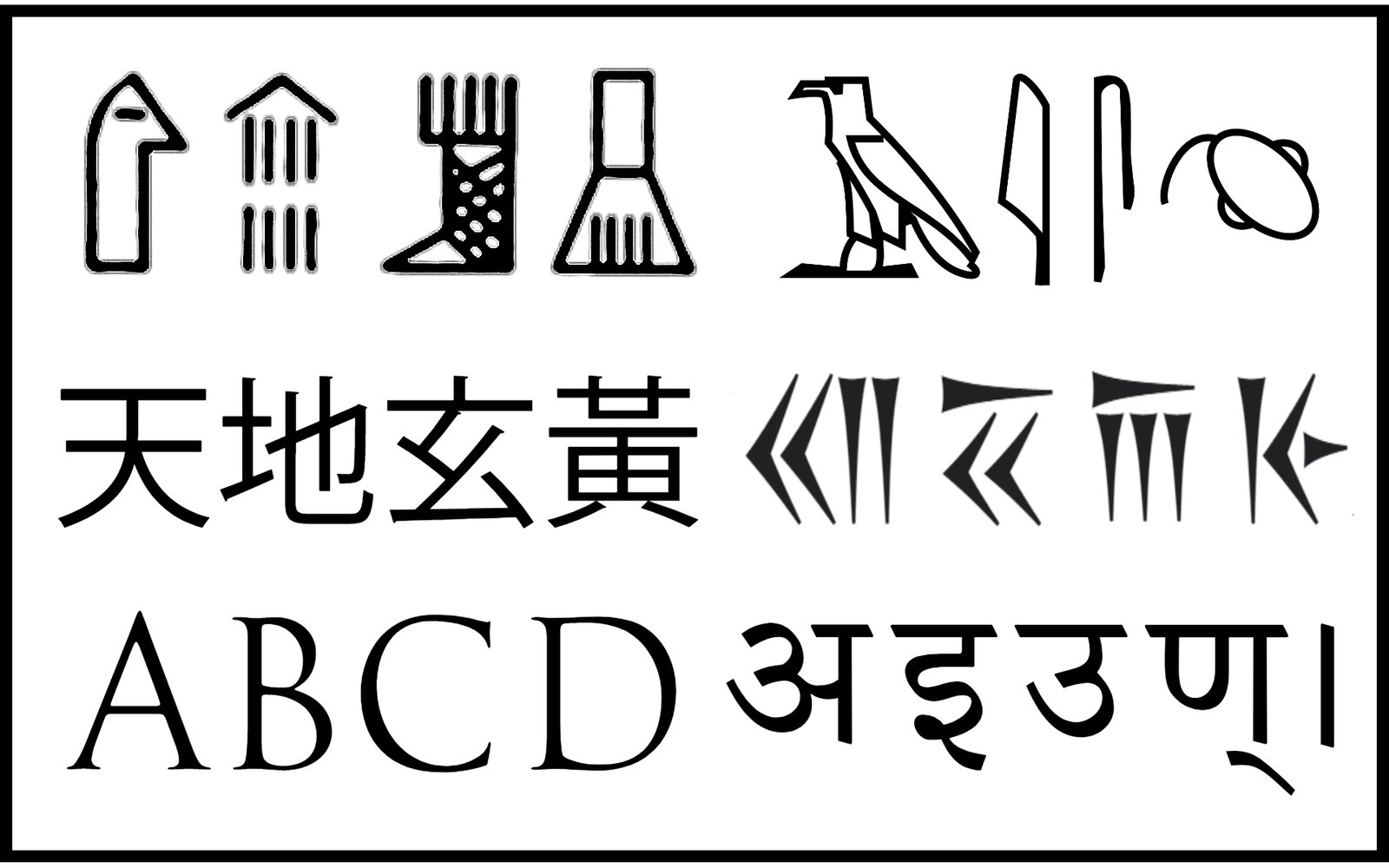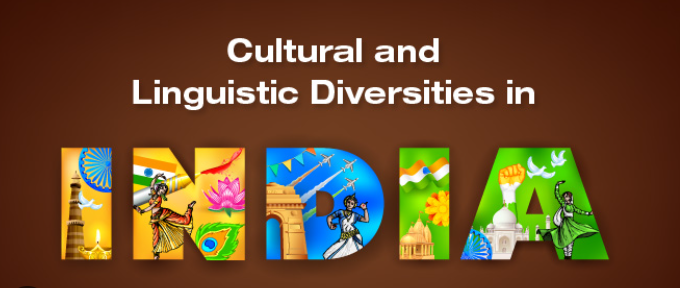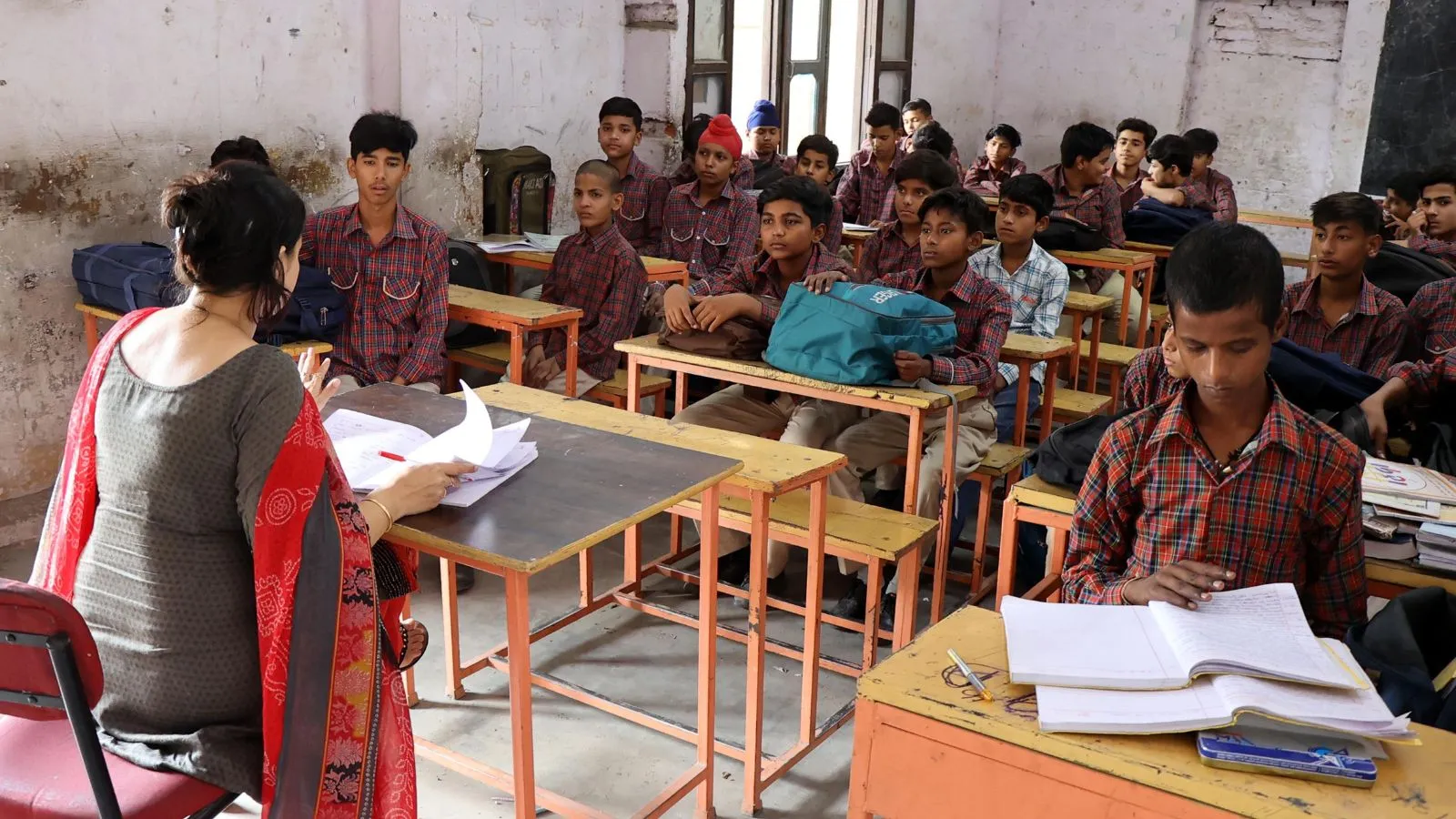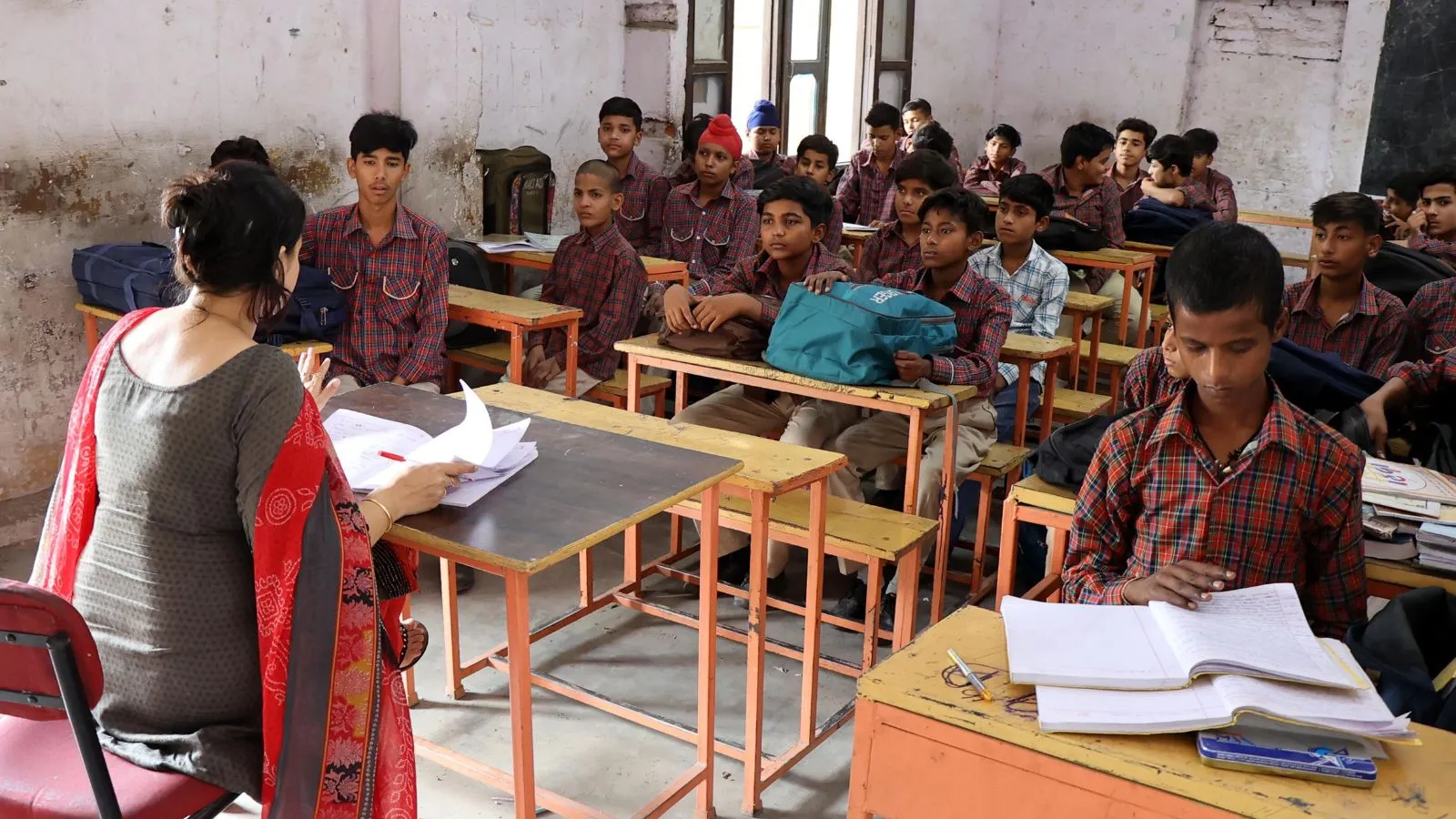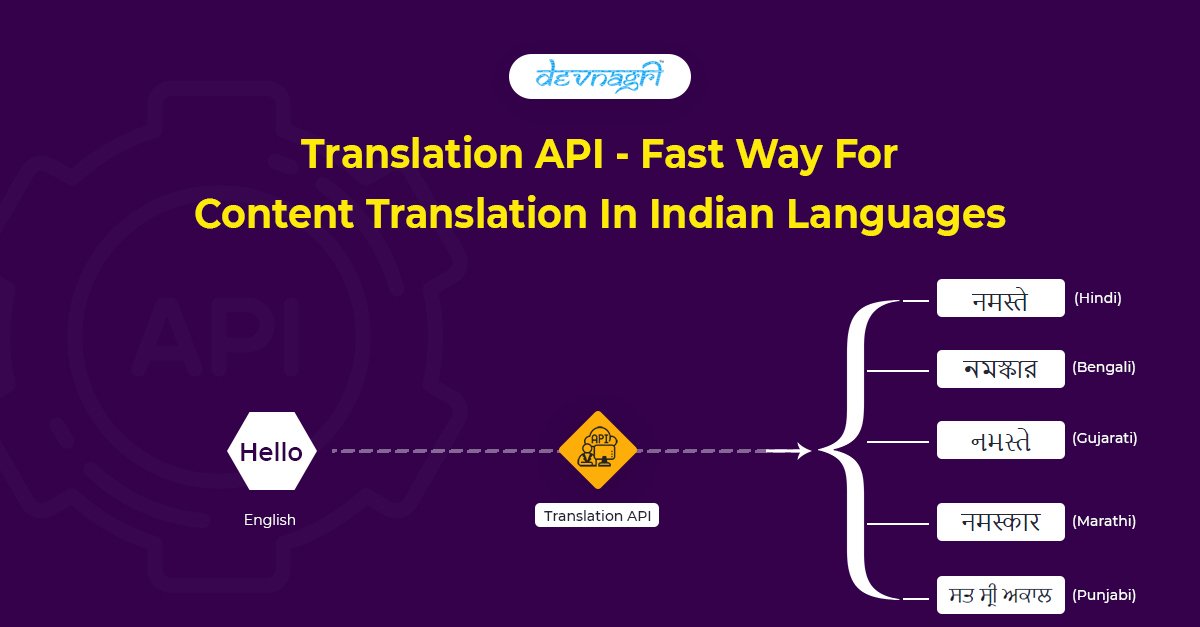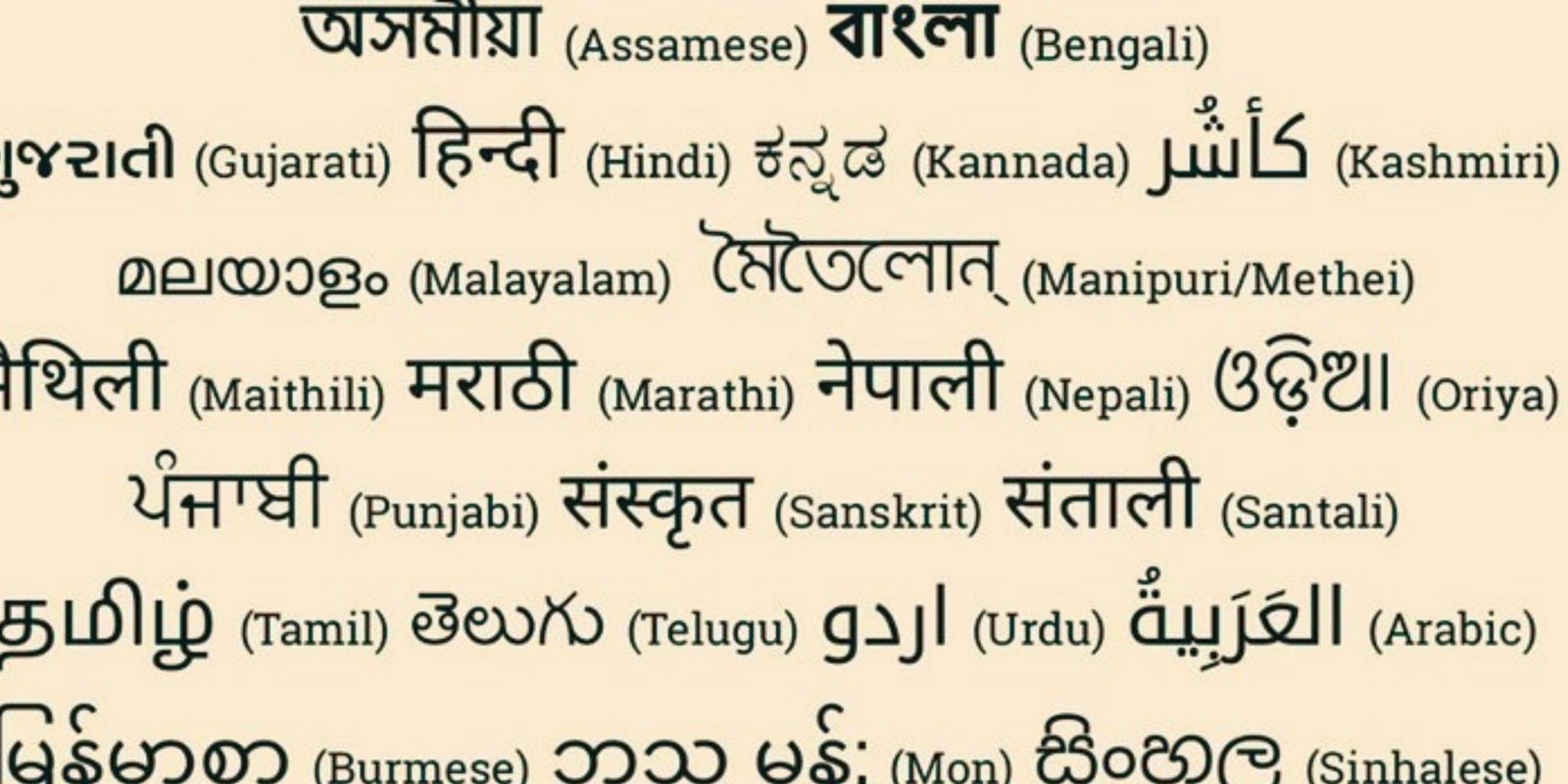Language Preservation Efforts in India
India, with its unparalleled linguistic diversity, is home to over 1,600 languages, many of which are at risk of extinction. Preserving this linguistic heritage is crucial for maintaining cultural diversity and identity. Various efforts, from governmental policies to grassroots initiatives, are in place to safeguard these endangered languages.
The Significance of Language Preservation
1.1. Cultural Identity and Heritage
Overview: Languages are a vital part of cultural identity, embodying traditions, history, and worldviews.
Key Points:
- Cultural Expressions: Languages carry folklore, literature, music, and oral traditions.
- Community Identity: Linguistic identity fosters community cohesion and continuity.
Examples:
- Oral Traditions: Storytelling and songs in languages like Gond and Santali.
- Literary Heritage: Ancient manuscripts and texts in languages such as Pali and Prakrit.
1.2. Linguistic Diversity and Knowledge Systems

Overview: Each language offers unique perspectives and knowledge systems, contributing to the global repository of human knowledge.
Key Points:
- Indigenous Knowledge: Local languages often encapsulate environmental and medicinal knowledge.
- Intellectual Diversity: Multiple languages foster a variety of cognitive frameworks and problem-solving approaches.
Examples:
- Traditional Medicine: Knowledge of herbs and treatments in tribal languages.
- Ecological Wisdom: Sustainable practices and biodiversity conservation in indigenous languages.
Challenges in Language Preservation
2.1. Modernization and Globalization
Overview: The spread of dominant languages through education, media, and technology threatens the survival of minority languages.
Key Points:
- Language Shift: Younger generations increasingly adopt dominant languages for socio-economic mobility.
- Cultural Erosion: Traditional practices and languages decline as communities assimilate into mainstream culture.
Examples:
- Urbanization: Migration to cities leads to the abandonment of native languages.
- Education Systems: Schools emphasizing Hindi or English over regional languages.
2.2. Lack of Resources and Documentation
Overview: Many endangered languages suffer from a lack of written records and educational materials, hindering their transmission.
Key Points:
- Insufficient Documentation: Limited efforts to record and document oral languages.
- Educational Materials: Scarcity of textbooks and learning resources in native languages.
Examples:
- Oral Languages: Languages like Ahom and Toda with few written records.
- Resource Scarcity: Minimal availability of teaching materials for languages like Boro and Khasi.
Governmental Initiatives for Language Preservation
3.1. Policy Frameworks and Legal Support
Overview: The Indian government has implemented policies to recognize and support linguistic diversity.
Key Points:
- Constitutional Provisions: Article 29 and Article 30 protect the cultural and educational rights of linguistic minorities.
- Scheduled Languages: The Eighth Schedule of the Indian Constitution lists 22 officially recognized languages, promoting their use and development.
Examples:
- Language Inclusion: Recognition of languages like Bodo, Dogri, Maithili, and Santhali in the Eighth Schedule.
- Cultural Rights: Legal frameworks ensuring the protection and promotion of minority languages.
3.2. Educational and Cultural Programs
Overview: Government programs aim to integrate endangered languages into the educational system and cultural activities.
Key Points:
- Mother Tongue Education: Policies promoting primary education in children’s native languages.
- Cultural Celebrations: Festivals and events celebrating linguistic diversity.
Examples:
- National Education Policy: Emphasizes the use of mother tongues in early education.
- Language Festivals: Events like the Bharat Rang Mahotsav showcasing regional languages and cultures.
Grassroots and Community Efforts
4.1. Community-Driven Initiatives
Overview: Local communities play a pivotal role in preserving their languages through various initiatives.
Key Points:
- Language Classes: Community-run schools and classes teaching native languages.
- Cultural Revitalization: Efforts to revive traditional practices and customs.
Examples:
- Tribal Schools: Schools in regions like Arunachal Pradesh teaching in native languages.
- Cultural Workshops: Workshops and programs in Nagaland to promote the Ao language.
4.2. Non-Governmental Organizations (NGOs) and Academic Contributions
Overview: NGOs and academic institutions contribute significantly to language preservation through research and advocacy.
Key Points:
- Documentation Projects: Recording and documenting endangered languages.
- Educational Programs: Developing teaching materials and curricula for native languages.
Examples:
- NGO Efforts: Organizations like the People’s Linguistic Survey of India (PLSI) documenting linguistic diversity.
- University Programs: Linguistic departments in universities conducting research and offering courses in endangered languages.
Technological Interventions in Language Preservation
5.1. Digital Tools and Resources
Overview: Technology offers innovative solutions for documenting and promoting endangered languages.
Key Points:
- Language Apps: Mobile applications for learning and using native languages.
- Digital Archives: Online repositories preserving linguistic data and resources.
Examples:
- Language Learning Apps: Apps like “Learn Santali” promoting tribal languages.
- Digital Libraries: Initiatives like the “Digital Library of India” archiving texts in regional languages.
5.2. Social Media and Online Platforms
Overview: Social media and online platforms provide a space for the use and promotion of endangered languages.
Key Points:
- Virtual Communities: Online groups and forums for speakers of minority languages.
- Content Creation: Producing digital content in regional languages to engage younger audiences.
Examples:
- Facebook Groups: Community groups for languages like Khasi and Gondi.
- YouTube Channels: Channels producing educational and cultural content in languages like Tulu and Konkani.
Conclusion
Preserving India’s linguistic heritage requires concerted efforts from all sectors of society, including government policies, community initiatives, and technological innovations. By recognizing the value of linguistic diversity and implementing sustainable preservation strategies, India can ensure the survival and thriving of its endangered languages, maintaining its rich cultural mosaic for future generations.


